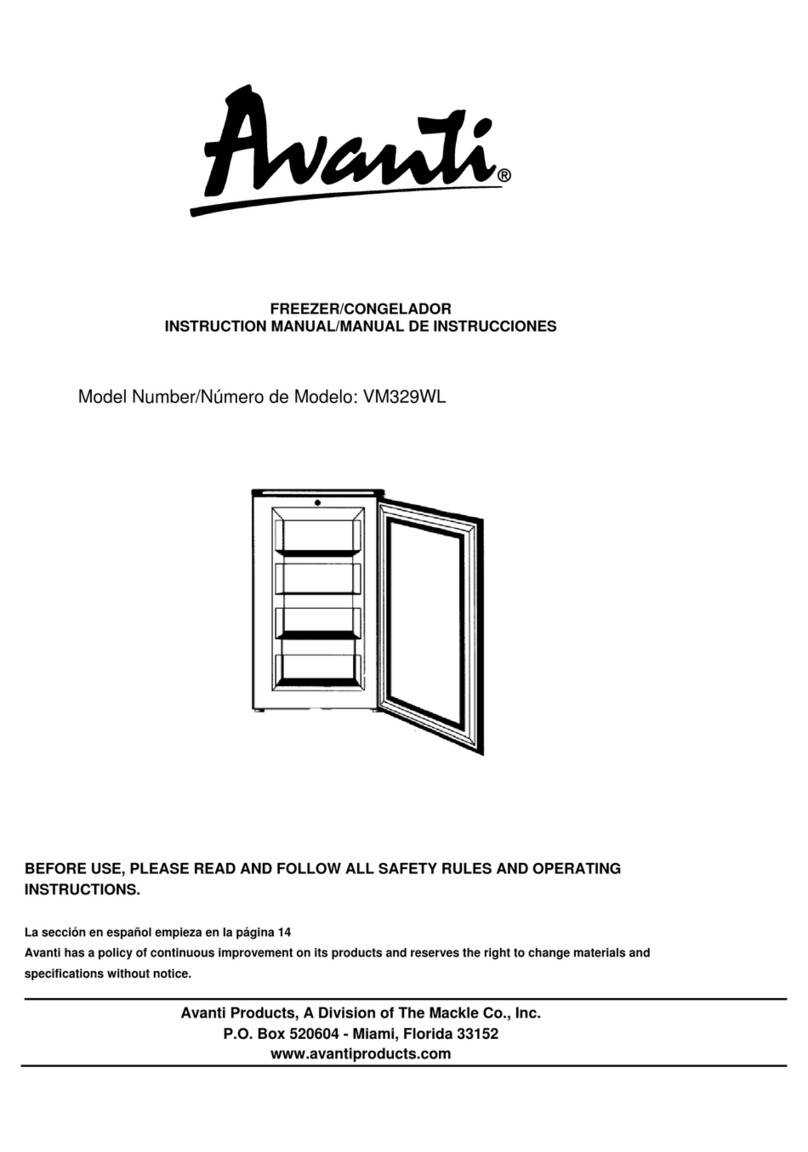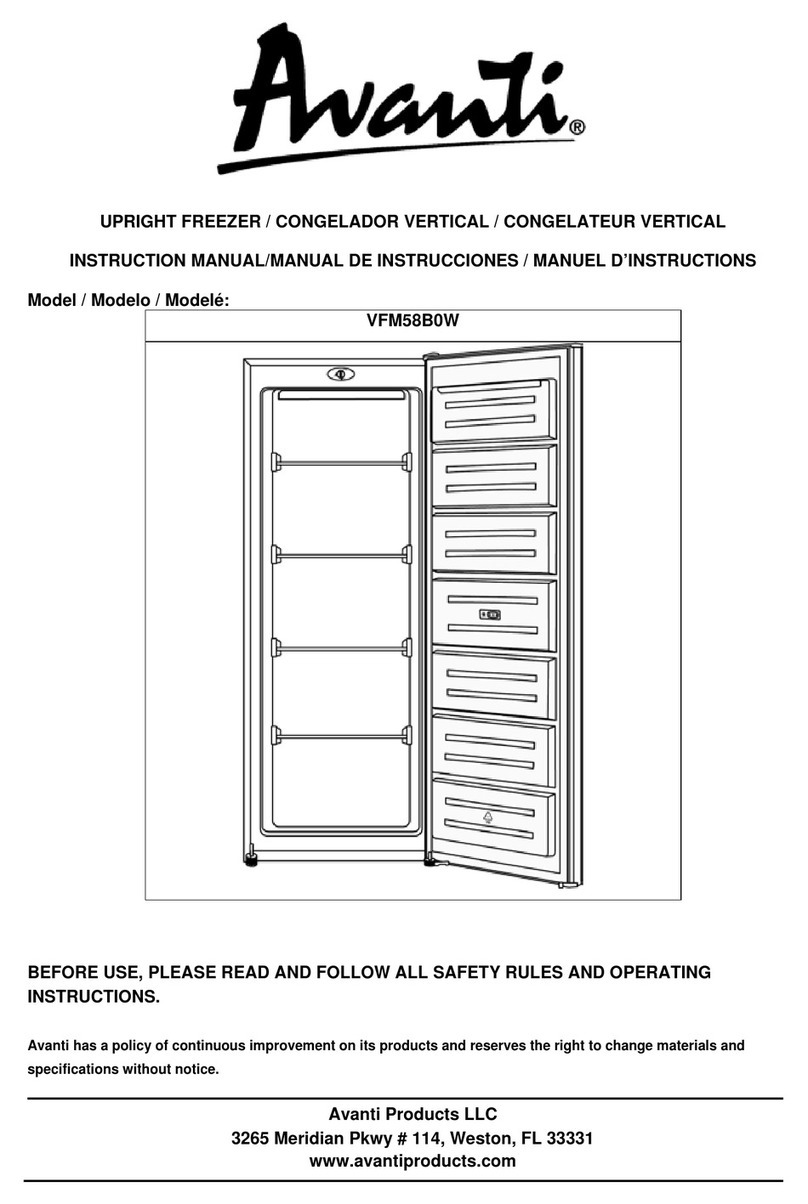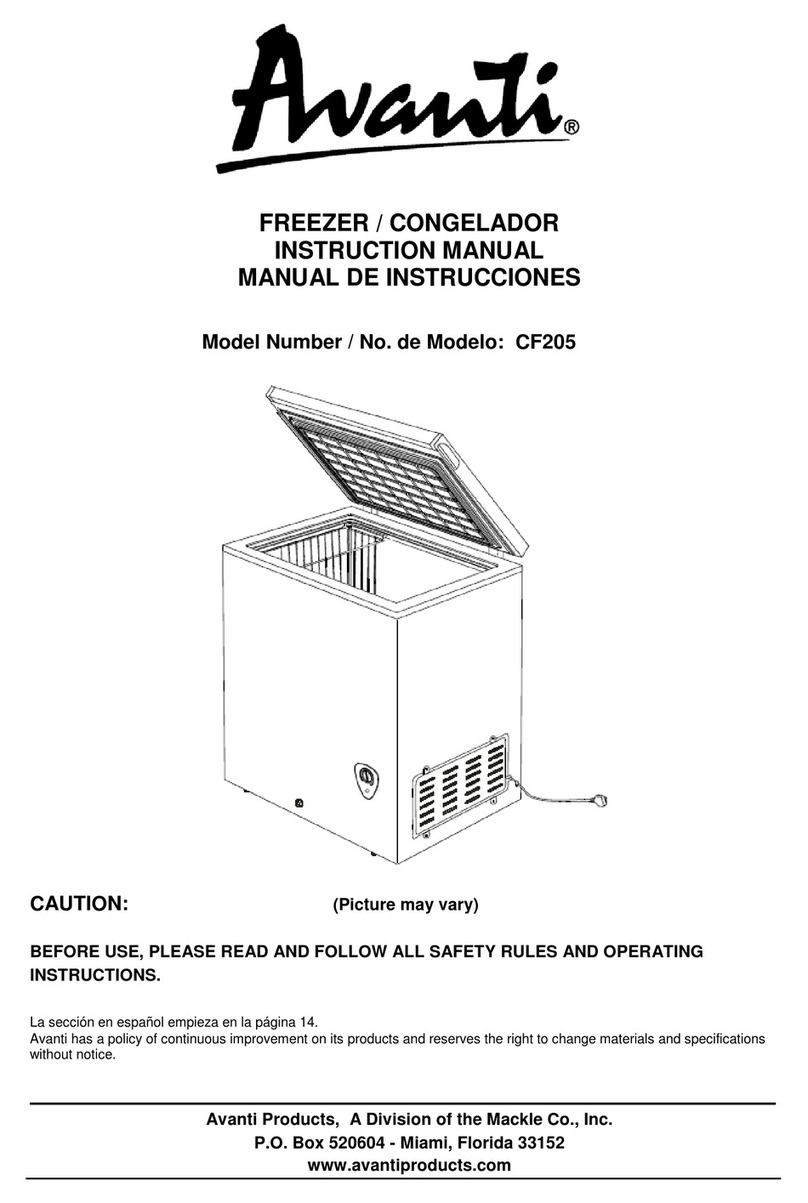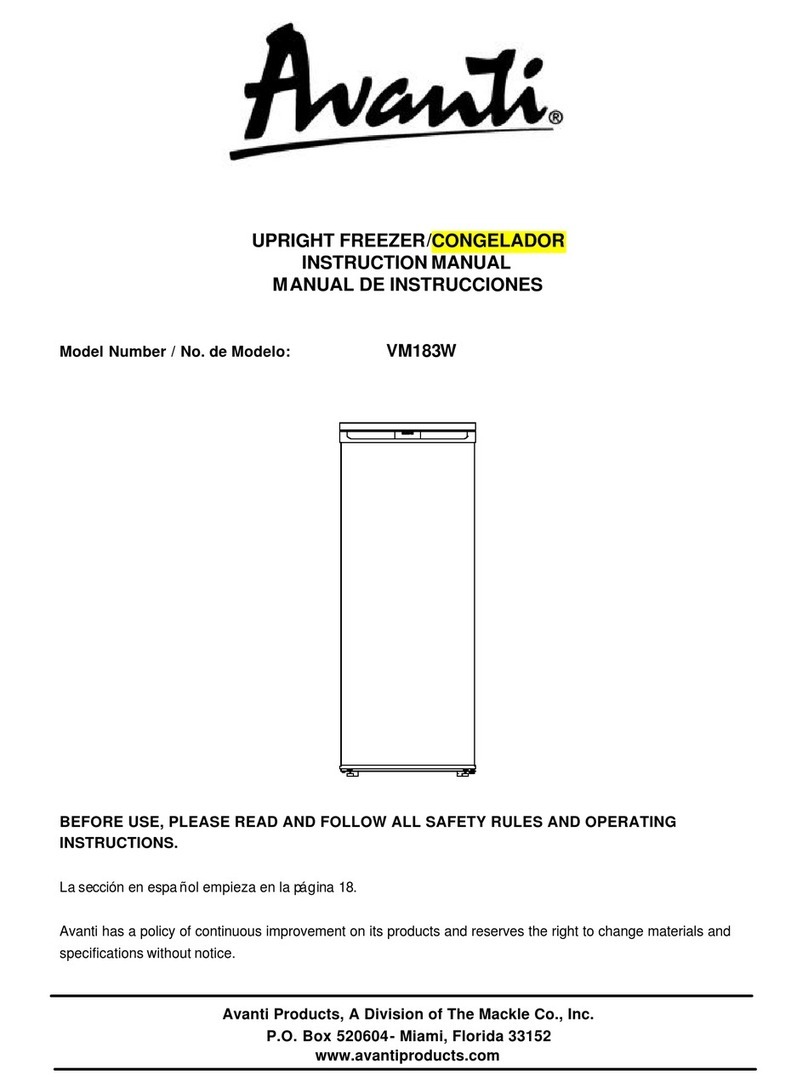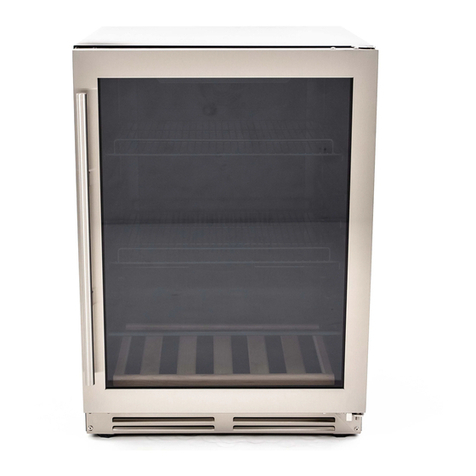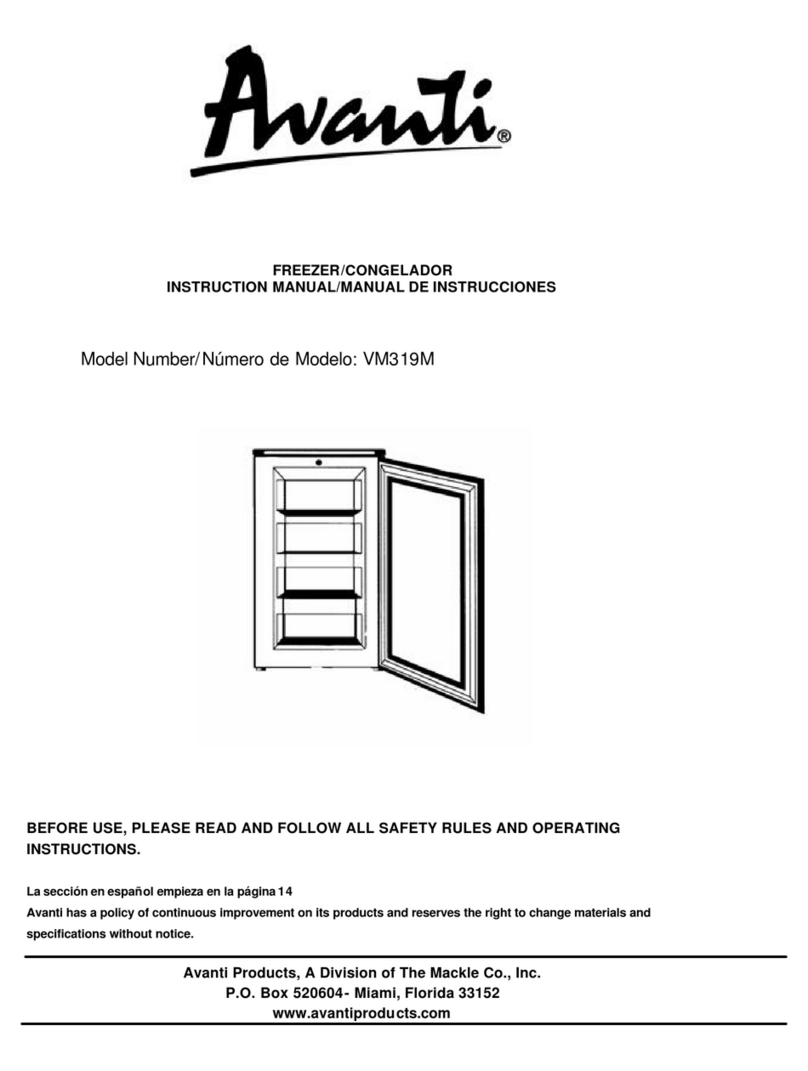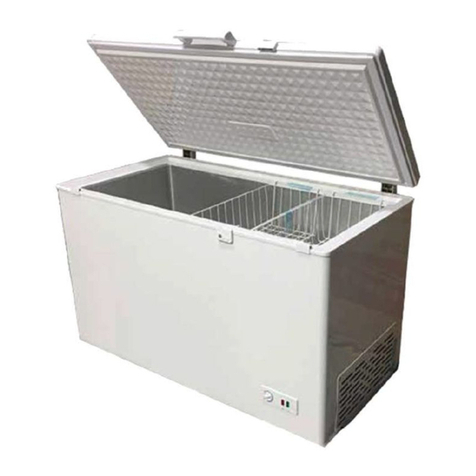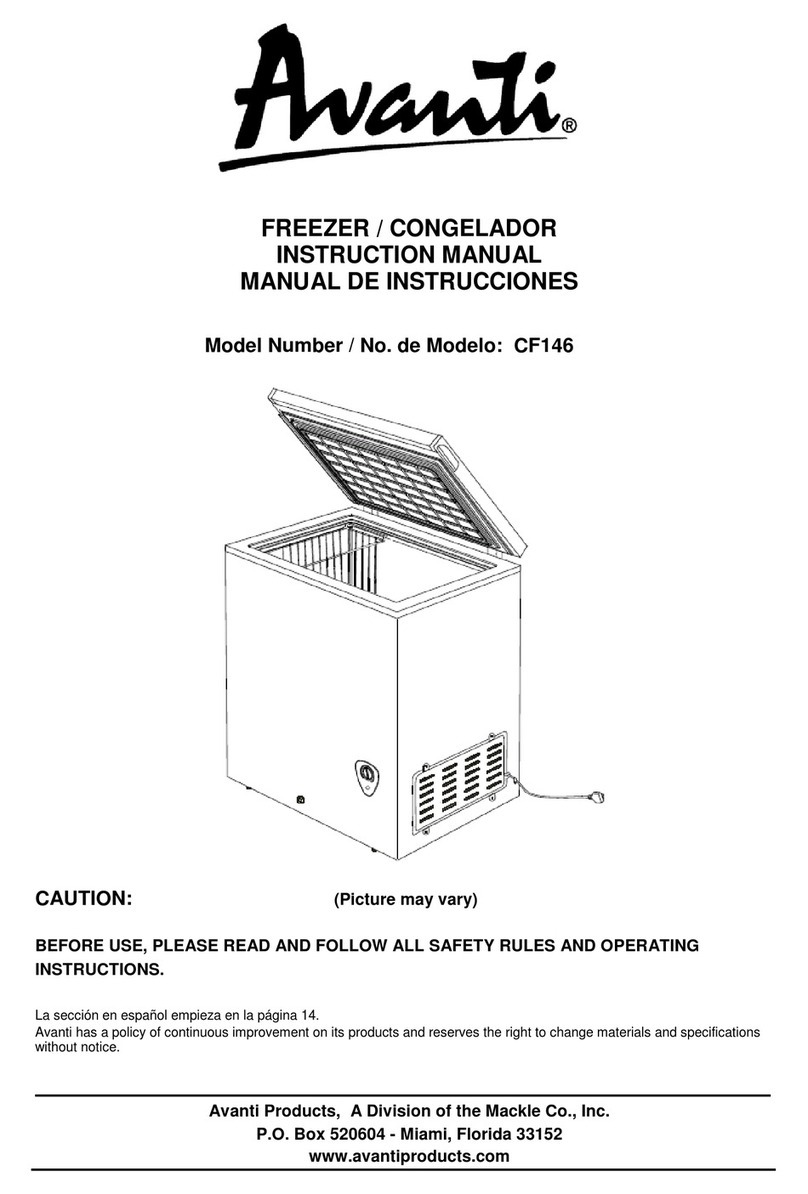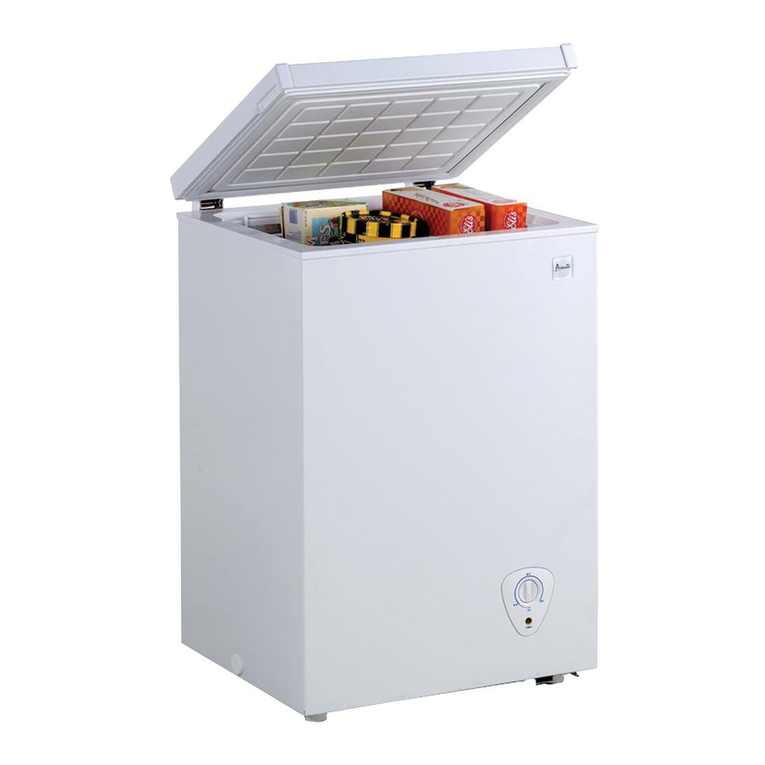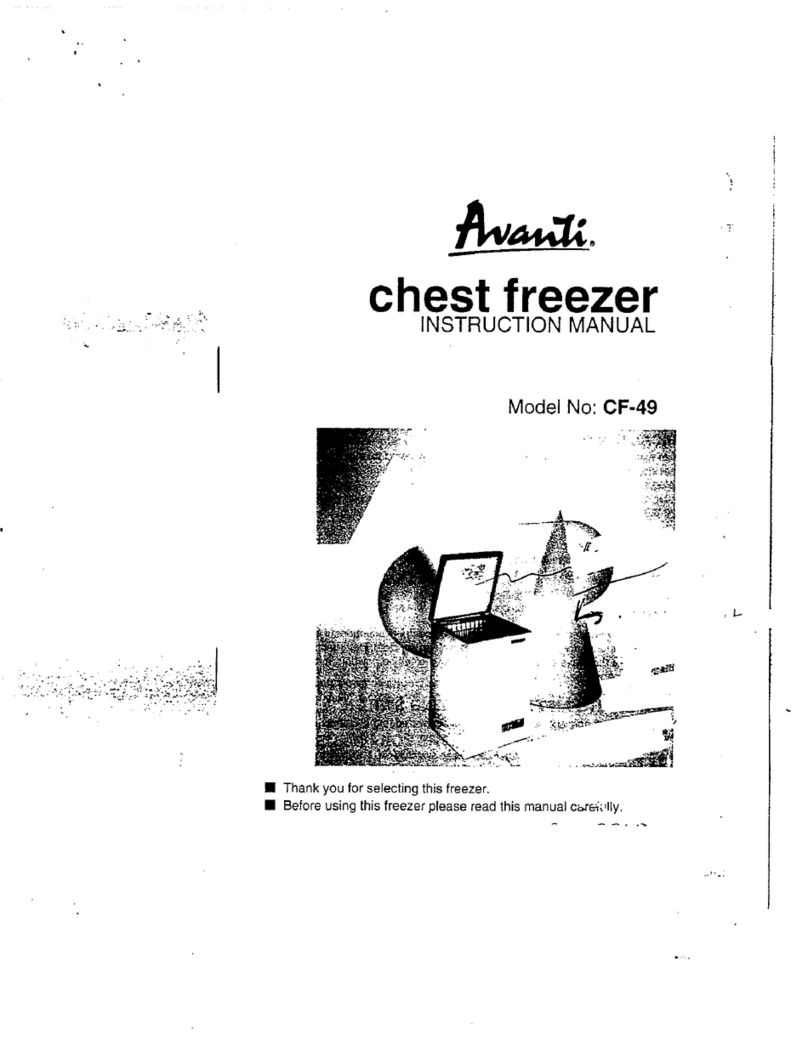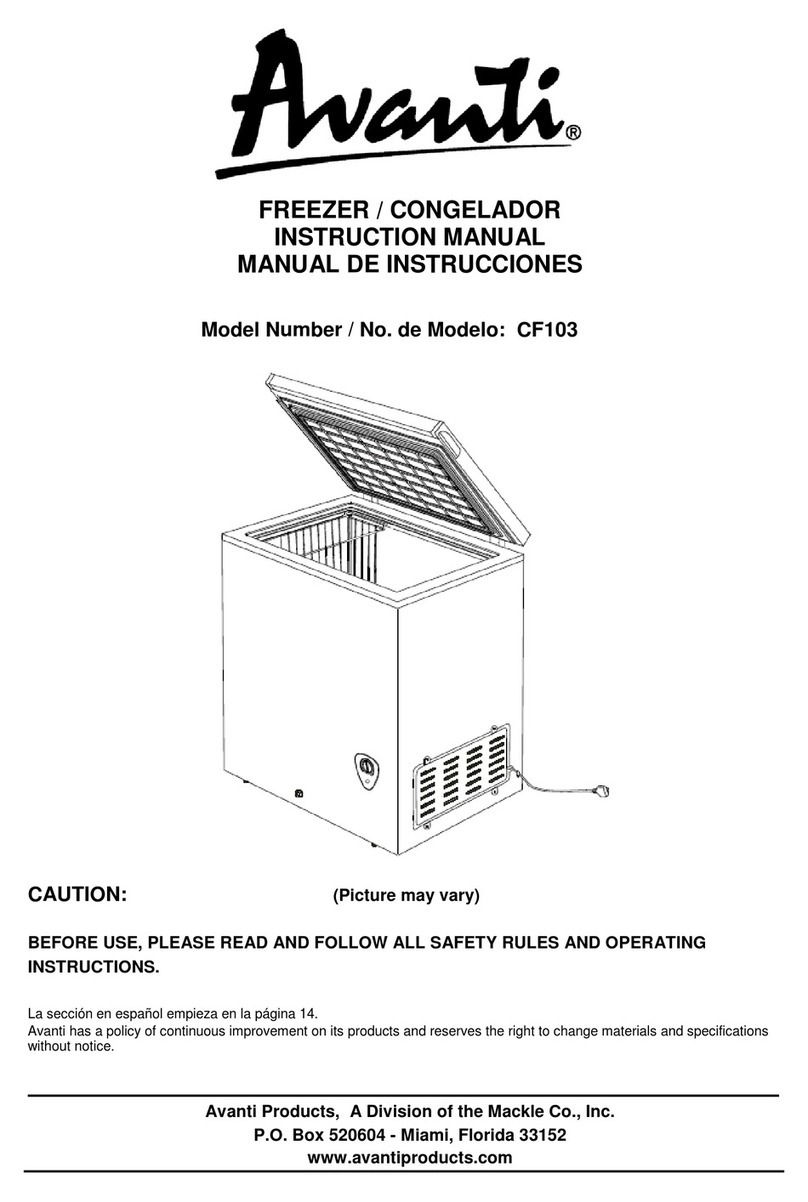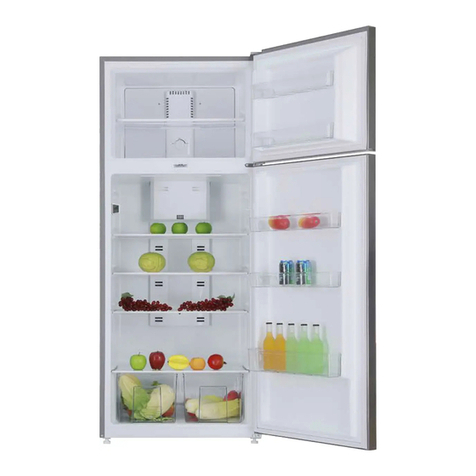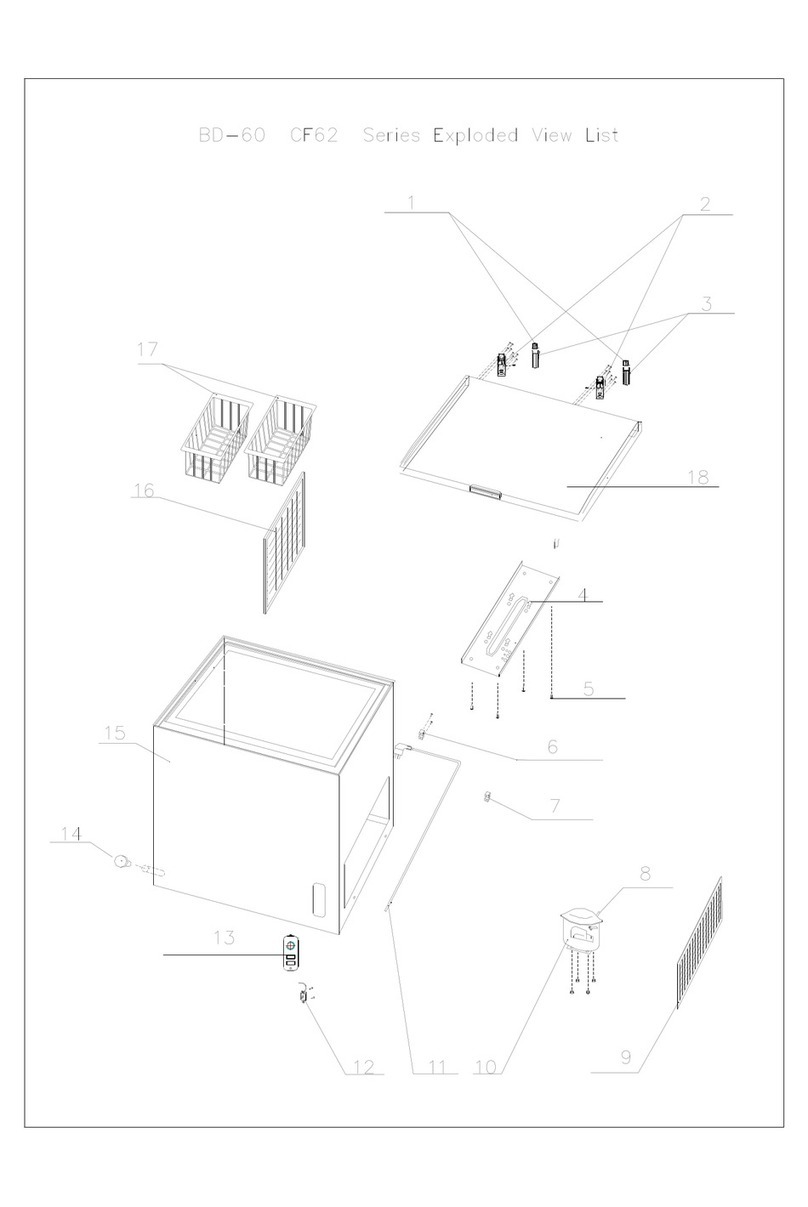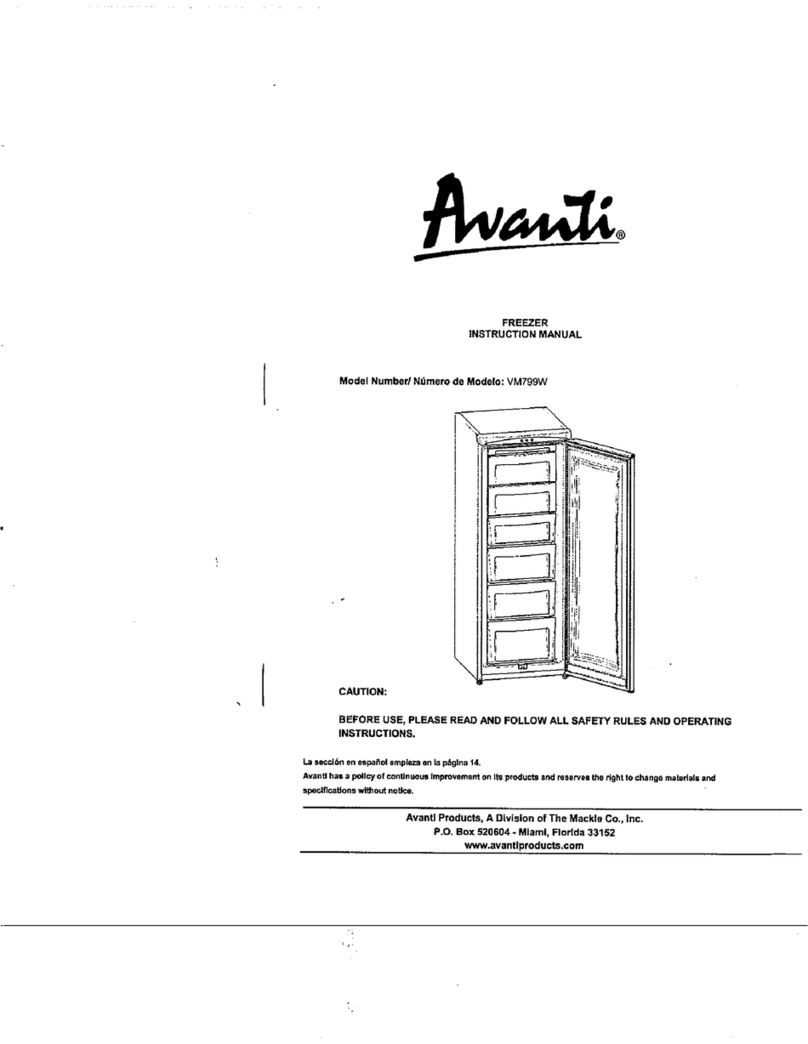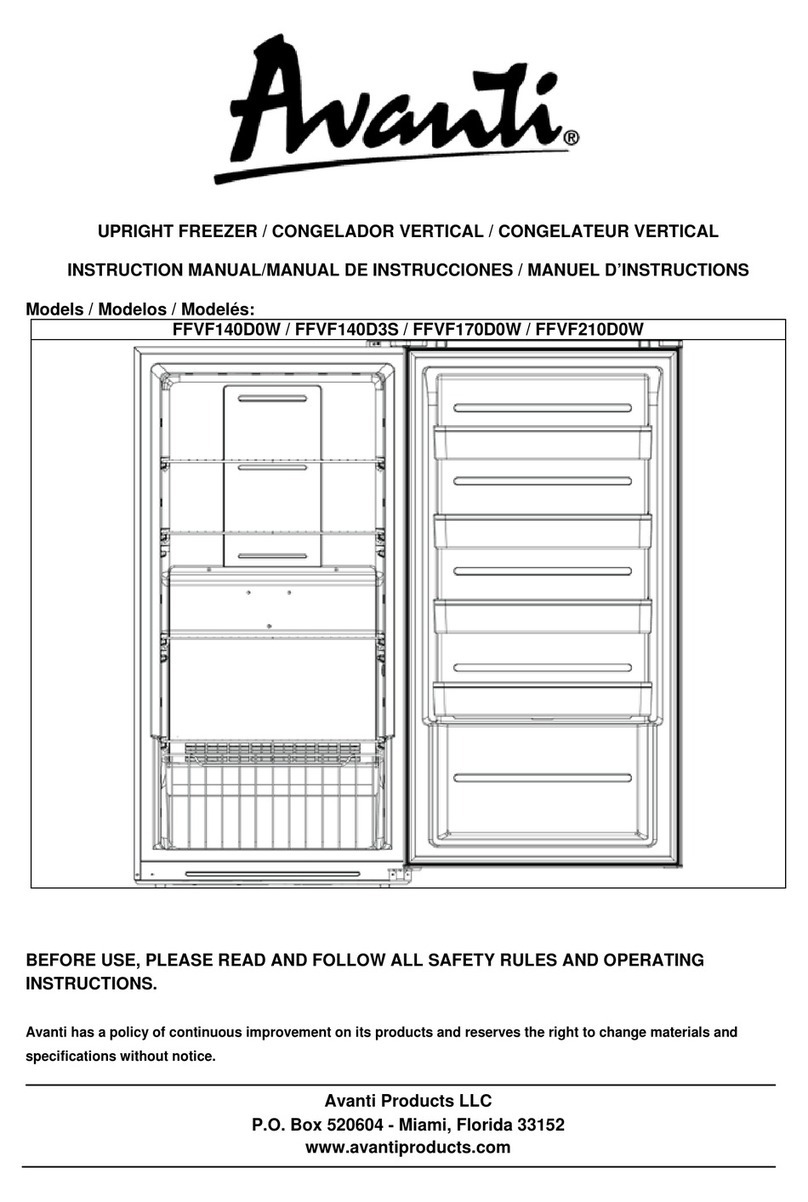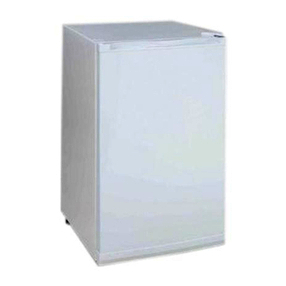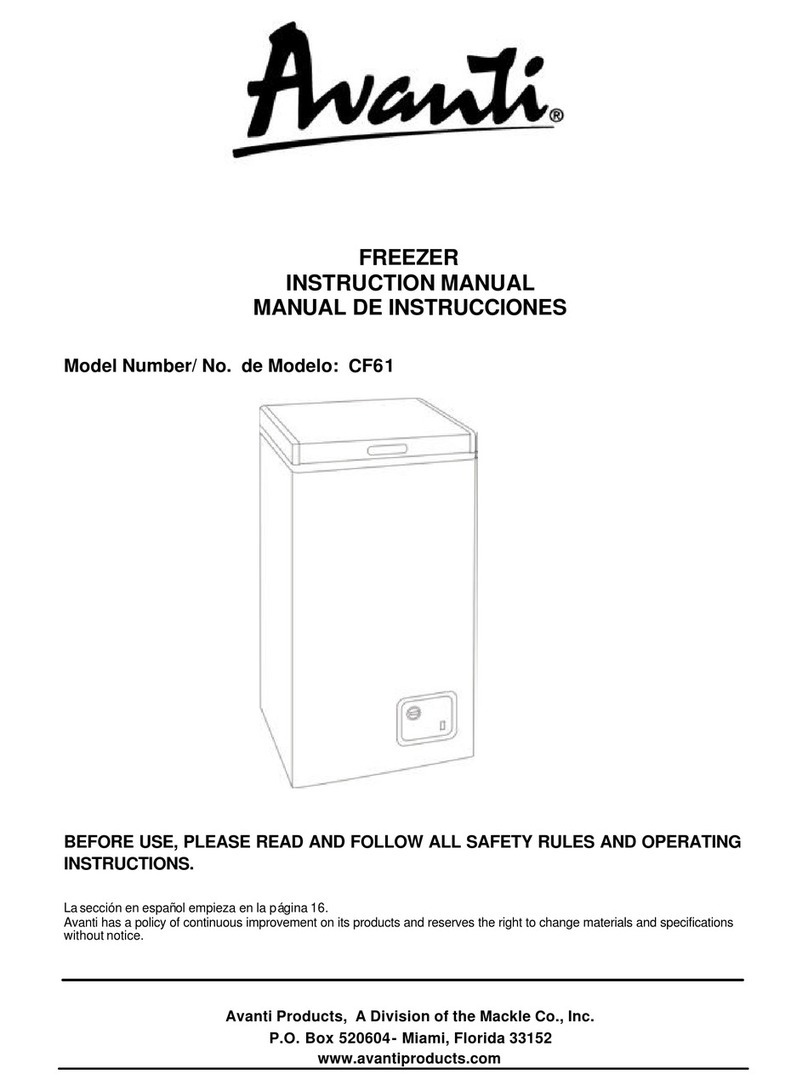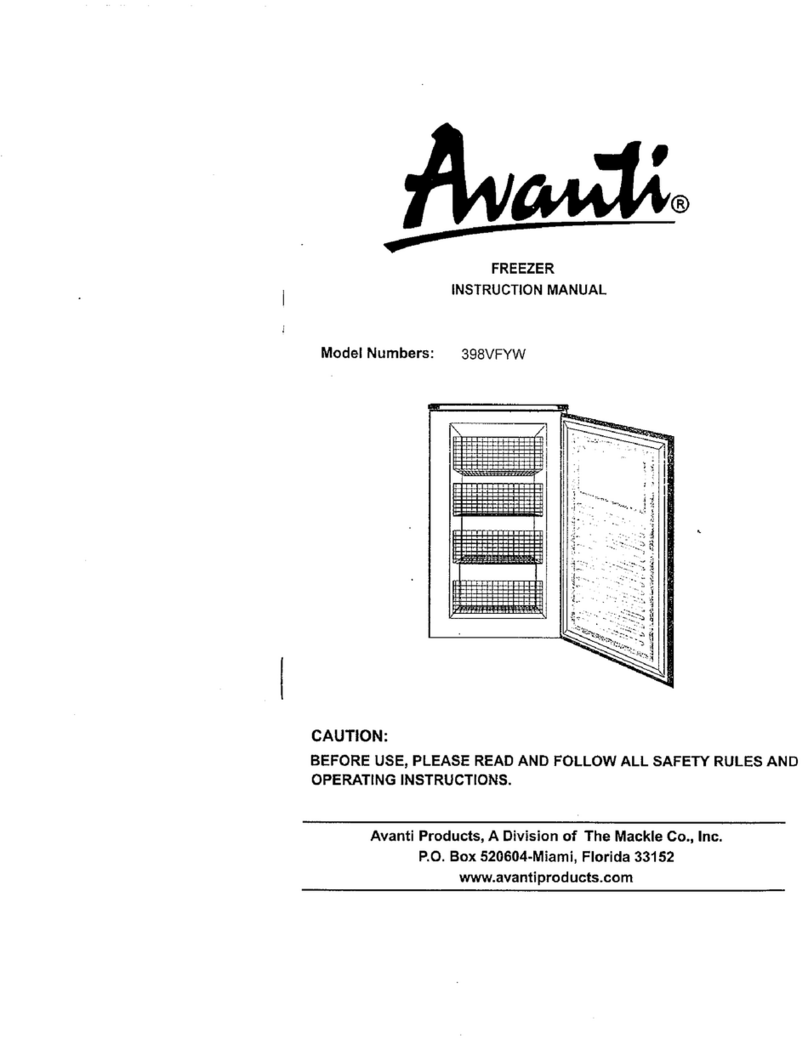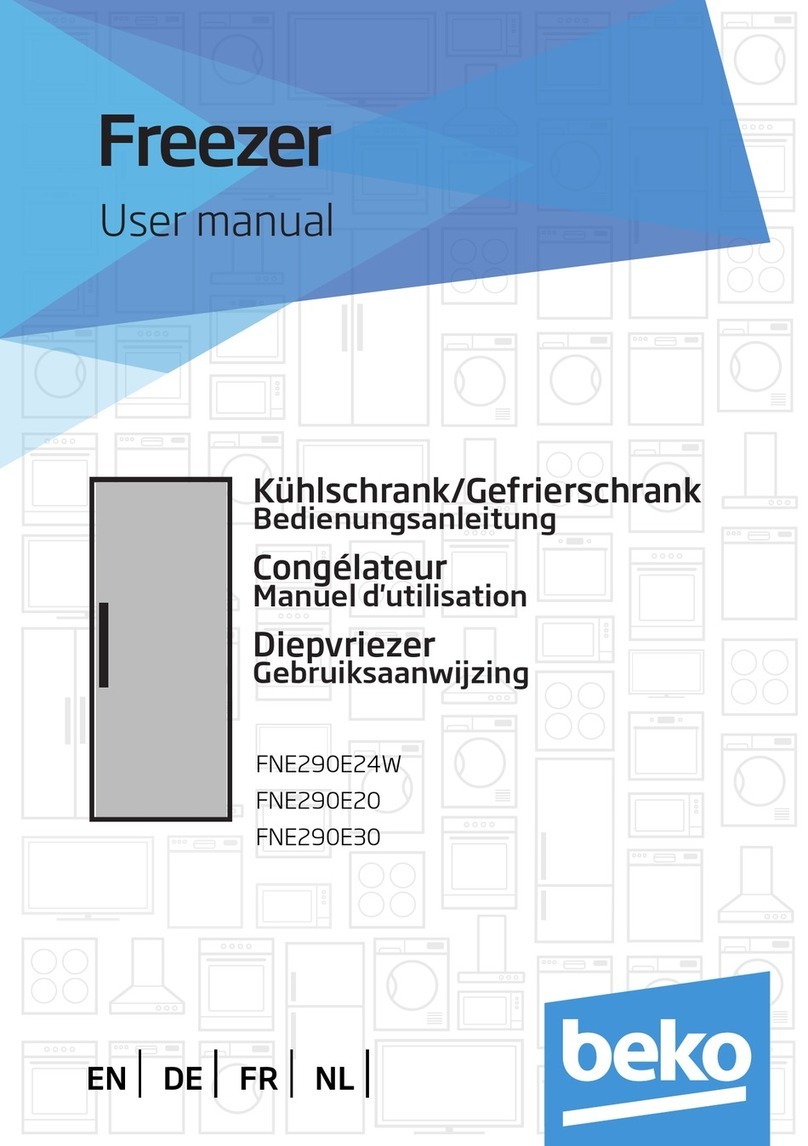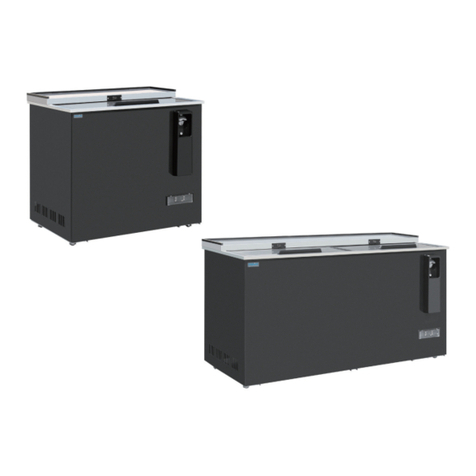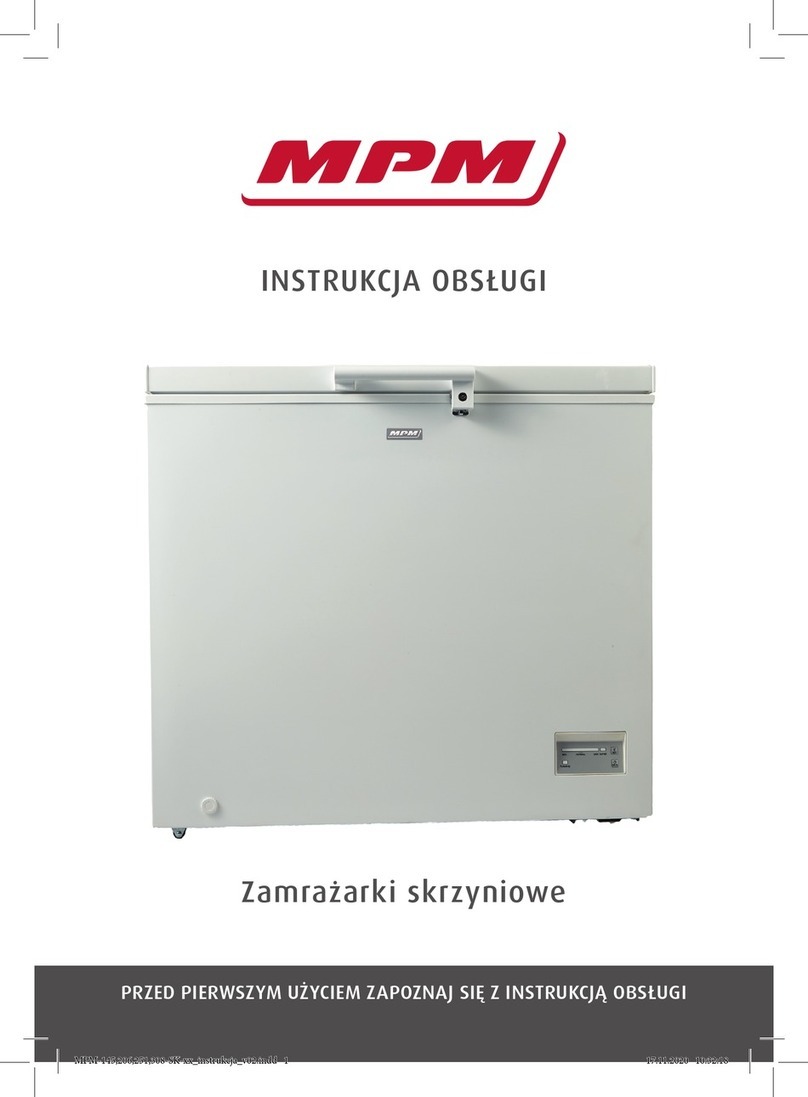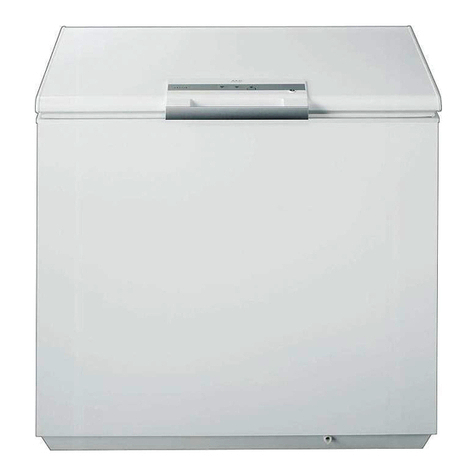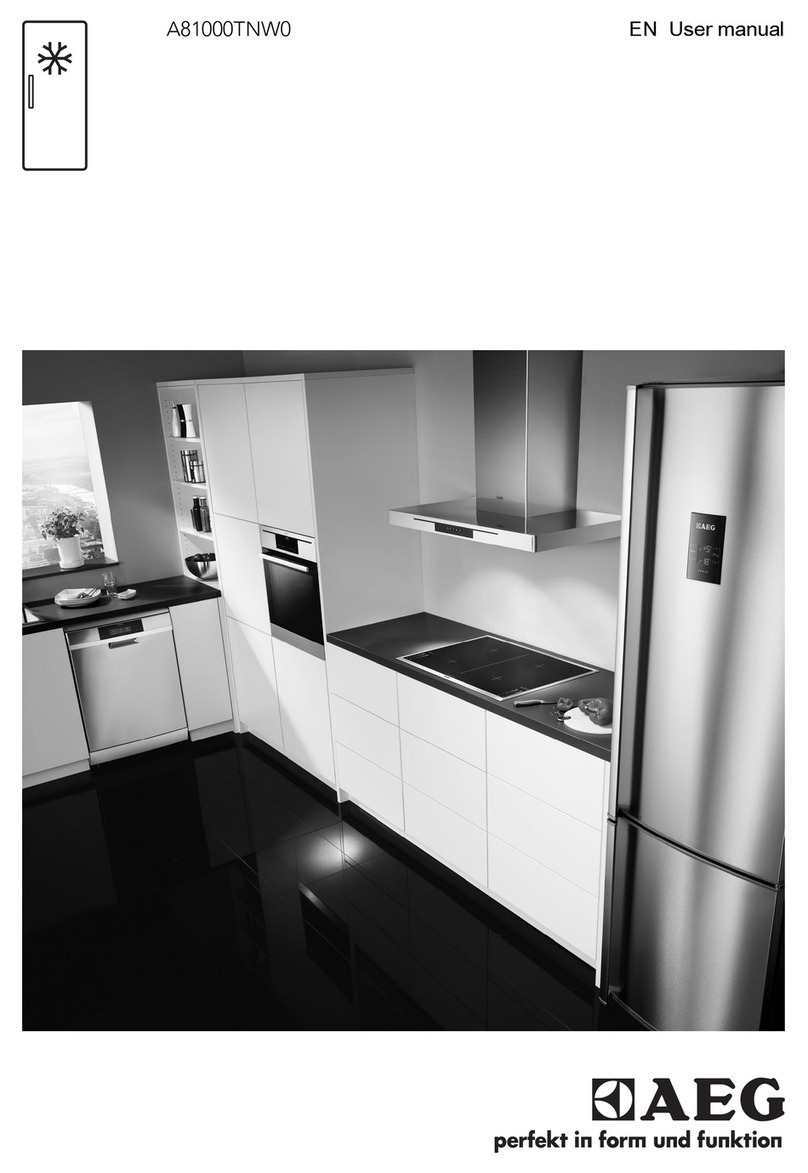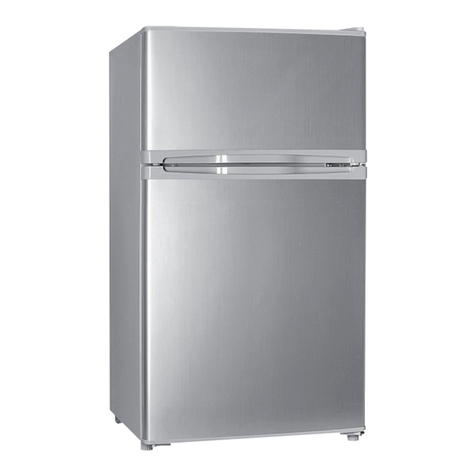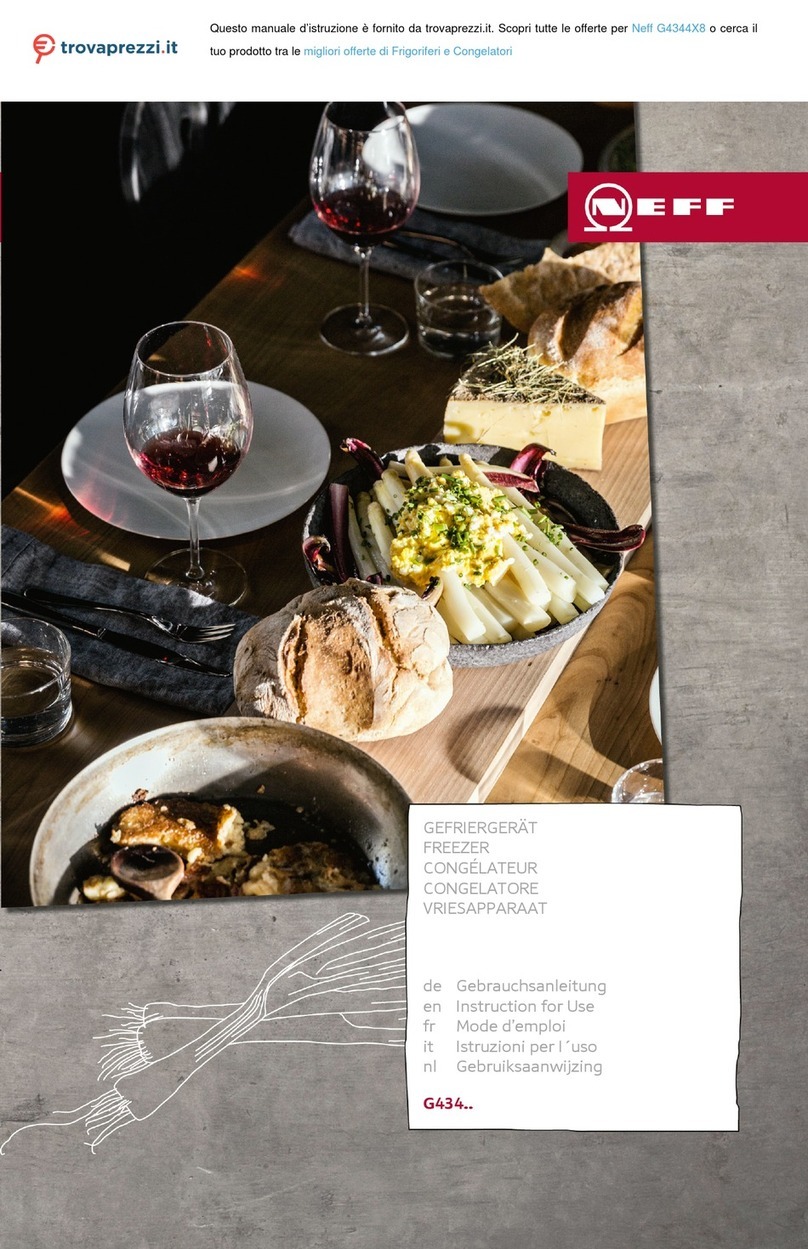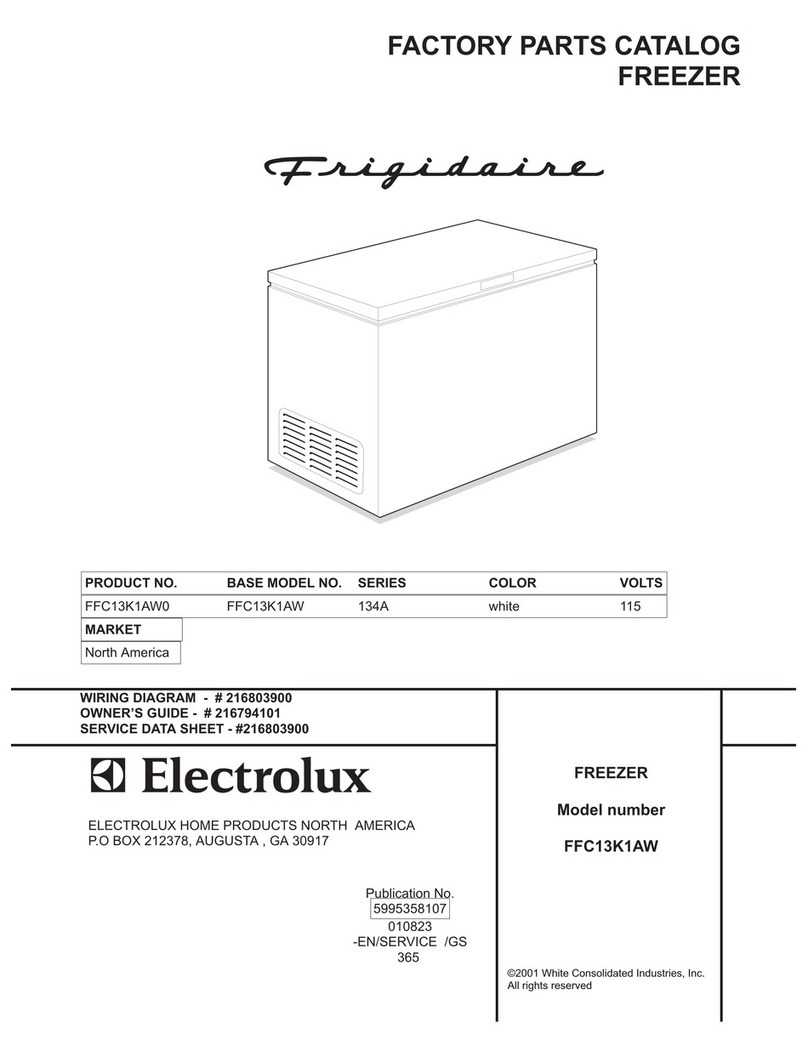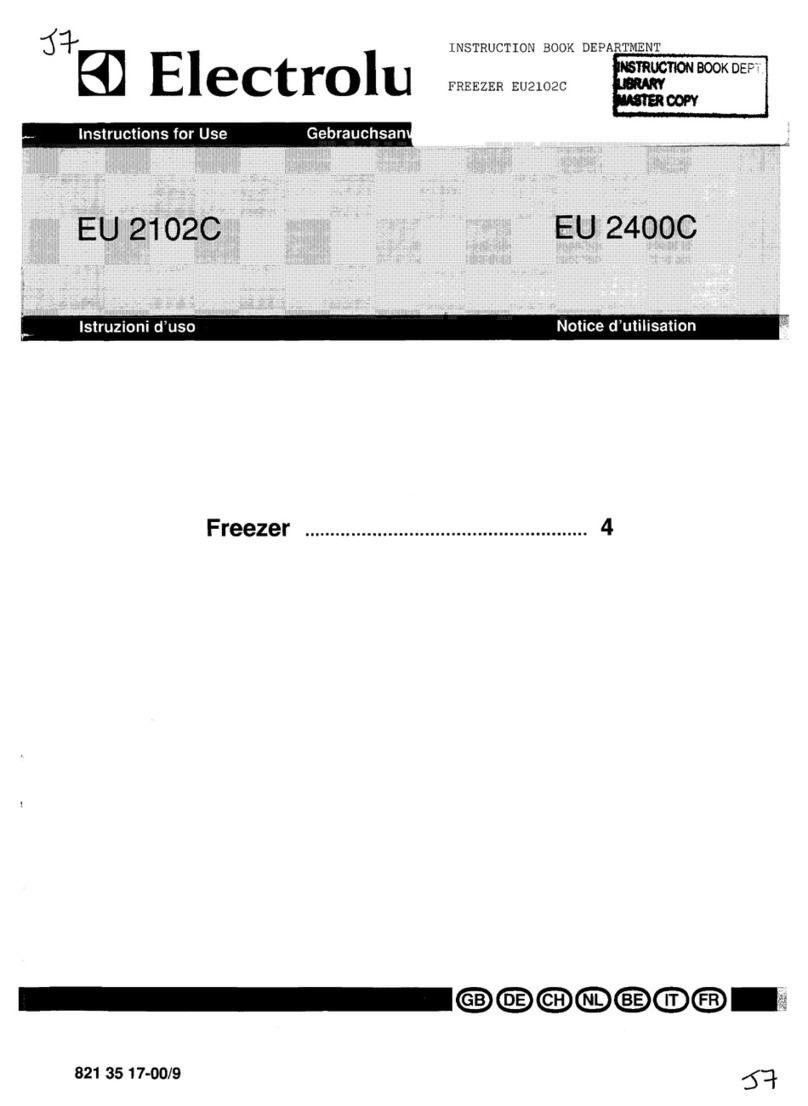IMPORTANT SAFEGUIDES
Before the refrigerator is used, it must be properly positioned and installed as
described in this manual, so read the manual carefully. To reduce the risk of fire,
electrical shock or injury when using the refrigerator, follow basic precaution,
including the following:
•
Plug into a grounded 3-prong outlet, do not remove grounding prong, do not use an adapter, and
do not use an extension cord.
•
It is recommended that a separate circuit, serving only your refrigerator be provided. Use
receptacles that cannot be turned off by a switch or pull chain.
•
Never clean refrigerator parts with flammable fluids. These fumes can create a fire hazard or
explosion. And do not store or use gasoline or other flammable vapors and liquids in the vicinity of
this or any other appliance. The fumes can create a fire hazard or explosion.
•
Before proceeding with cleaning and maintenance operations, make sure the power line of the
unit is disconnected.
•
Do not connect or disconnect the electric plug when your hands are wet.
•
Unplug the refrigerator or disconnect power before cleaning or servicing. Failure to do so can
result in electrical shock or death.
•
Do not attempt to repair or replace any part of your refrigerator unless it is specifically
recommended in this manual. All other servicing should be referred to a qualified technician.
FOLLOW WARNING CALL OUTS BELOW ONLY WHEN APPLICABLE TO YOUR MODEL
•
Use two or more people to move and install refrigerator. Failure to do so can result in back or
other injury.
•
To ensure proper ventilation for your refrigerator, the front of the unit must be completely
unobstructed. Choose a well-ventilated area with temperatures above 60°F (16°
C) and below
90°F (32°C). This unit must be installed in an area protected from the element, such as wind, rain,
water spray or drips.
•
The refrigerator should not be located next to ovens, grills or other sources of high heat.
•
The refrigerator must be installed with all electrical connections in accordance with state and local
codes. A standard electrical supply (115 V AC only, 60 Hz), properly grounded in accordance with
the National Electrical Code and local codes and ordinances is required.
•
Do not kink or pinch the power supply cord of refrigerator.
•
The fuse (or circuit breaker) size should be 15 amperes.
•
It is important for the refrigerator to be leveled in order to work properly. You may need to make
several adjustments to level it.
•
Never allow children to operate, play with or crawl inside the refrigerator.
•
Although the unit has been tested at the factory, due to long-term transit and storage, the first
batch of cubes must be discarded.
•
Do not use solvent-based cleaning agents of abrasives on the interior. These cleaners may
damage or discolor the interior.
•
Do not use this apparatus for other than its intended purpose.
